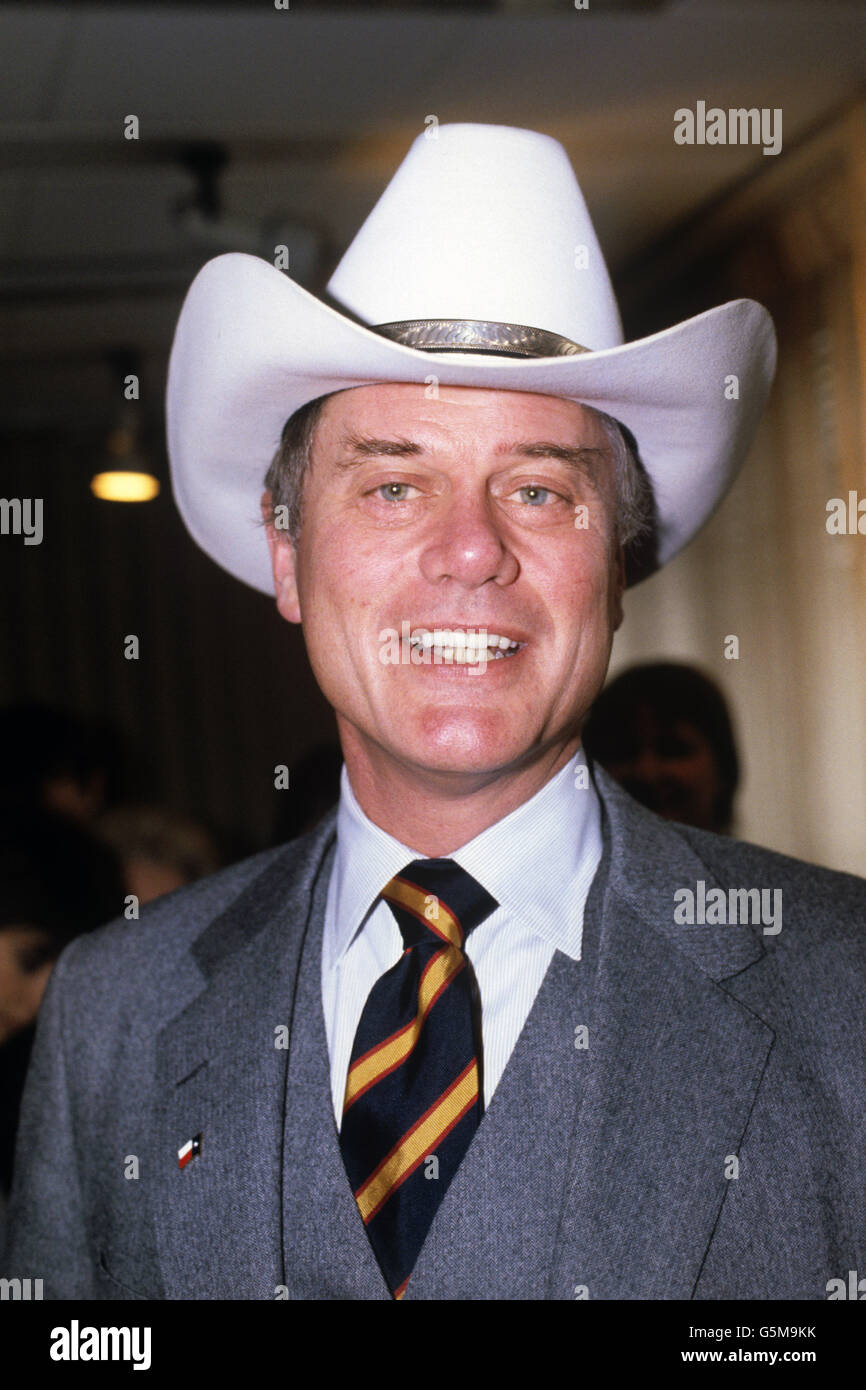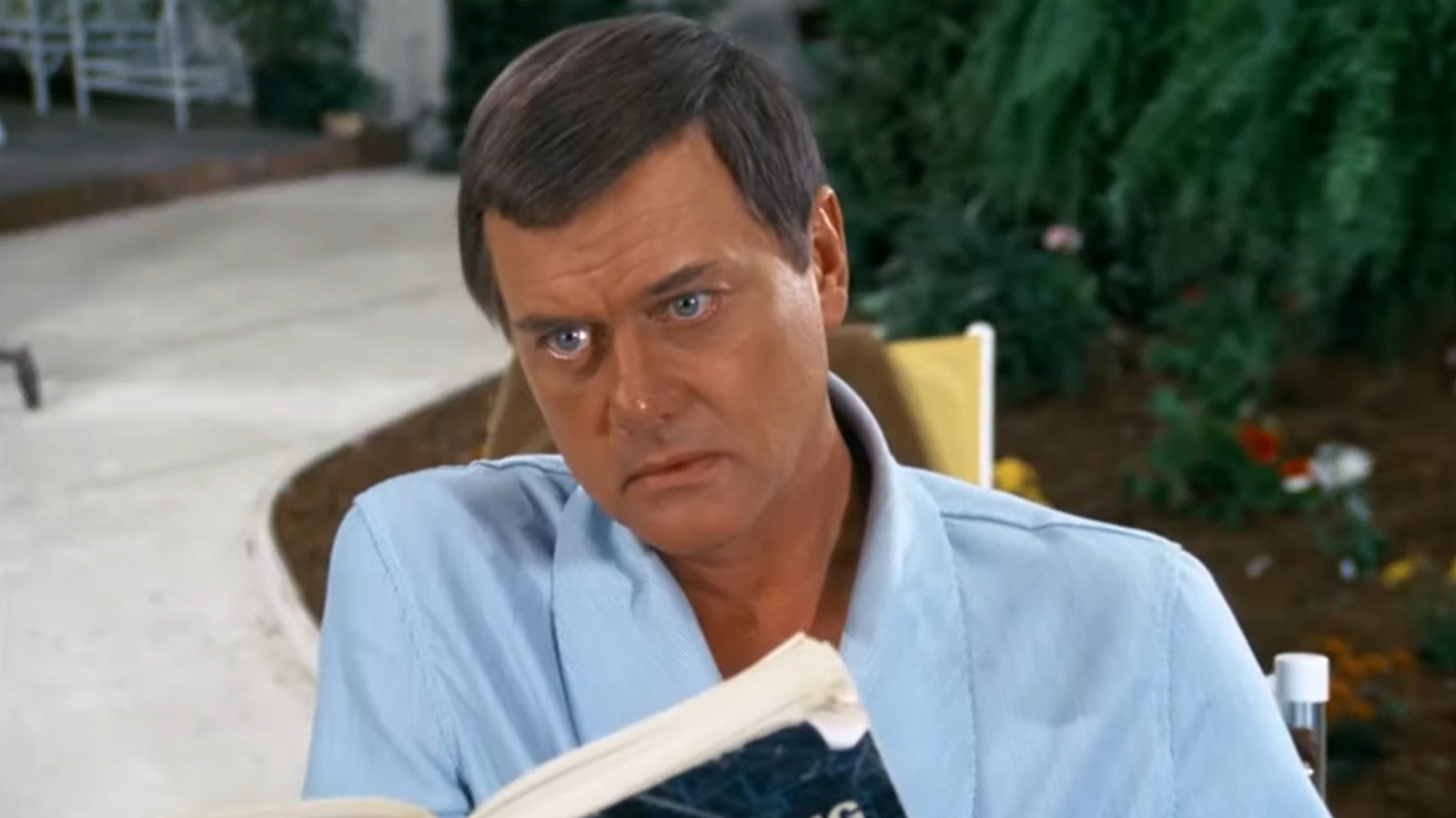Who shot J.R. Ewing? This question became a cultural phenomenon that dominated conversations worldwide in the early 1980s. It was more than just a TV plot twist; it was an event that captured the imagination of millions and turned a fictional character into a household name. The cliffhanger ending of the third season finale of "Dallas" left fans on the edge of their seats, sparking debates, theories, and even betting pools as people tried to solve the mystery. And let's be real, J.R. Ewing wasn't exactly Mr. Nice Guy, so who wouldn't want to take him down?
Back in 1980, when the season ended with J.R. lying unconscious in a wheelchair after being shot, no one could have predicted the frenzy it would create. The show's writers didn't even know who the shooter was at that point, which made it even more exciting. It was a masterstroke in suspenseful storytelling that kept viewers hooked for an entire year. People were obsessed with figuring out who had the guts—and the motive—to pull the trigger on one of TV's most infamous villains.
The mystery wasn't just confined to the screen. It spilled over into real life, with fans theorizing, newspapers covering it like a breaking news story, and even politicians getting involved. President Ronald Reagan himself was asked about it during a press conference. That's how big this thing got! So, buckle up because we're diving deep into the world of "Dallas" to uncover the truth behind the question that changed television forever.
Read also:Ott Platforms The Gamechanger In Modern Entertainment
Table of Contents
- J.R. Ewing's Biography
- Who Had the Motive?
- The List of Suspects
- Clues Left by the Show
- The Big Reveal
- Cultural Impact
- Legacy of the Cliffhanger
- Fan Reaction
- The Writers' Perspective
- Conclusion
J.R. Ewing's Biography
J.R. Ewing: The Man Behind the Legend
J.R. Ewing, played by the legendary Larry Hagman, was the ultimate anti-hero of the hit TV series "Dallas." He was a ruthless oil tycoon who would stop at nothing to get what he wanted. Whether it was manipulating family members, pulling off shady business deals, or seducing women, J.R. was always up to something. His charm and cunning made him both lovable and detestable, a rare combination that kept audiences glued to their screens.
Here's a quick breakdown of J.R.'s life:
| Full Name | Eugene Clayton "J.R." Ewing |
|---|---|
| Occupation | Oil Tycoon |
| Family | Part of the wealthy Ewing family; married to Sue Ellen Ewing |
| Notable Traits | Ruthless, cunning, manipulative, charming |
Who Had the Motive?
When it came to J.R., almost everyone had a reason to want him gone. From his family members to his business rivals, the list of people who disliked him was long. Let's break it down:
- Family Drama: J.R.'s relationships with his siblings, Bobby and Pam, were fraught with tension. Bobby, in particular, was constantly at odds with him over business and moral differences.
- Business Enemies: J.R.'s cutthroat tactics in the oil industry made him plenty of enemies. Many of these rivals had the means and motive to take him down.
- Romantic Rivalries: J.R.'s habit of sleeping around and causing trouble in other people's relationships didn't win him any friends either.
The List of Suspects
Top Suspects in the Shooting
With so many potential motives, the list of suspects was long. Here are some of the main contenders:
- Pam Ewing: Bobby's wife and J.R.'s sister-in-law, Pam had a complicated relationship with J.R. that involved betrayal and heartbreak.
- Kristin Shepard: J.R.'s mistress and a character with a serious grudge against him. She had access, motive, and opportunity.
- Bobby Ewing: J.R.'s brother and constant thorn in his side. Bobby had every reason to want J.R. out of the picture.
- Cliff Barnes: J.R.'s arch-nemesis in the oil business, Cliff had been trying to bring J.R. down for years.
Clues Left by the Show
Throughout the hiatus, the writers dropped subtle hints and red herrings to keep viewers guessing. Some clues were obvious, while others were hidden in plain sight. Fans dissected every episode, looking for any sign that might point to the shooter.
Some memorable clues included:
Read also:Building Strong Friendships A Guide To Lasting Connections
- A mysterious phone call made to J.R. just before the shooting.
- Footsteps heard in the background of the scene.
- A shadowy figure seen lurking around the Ewing mansion.
The Big Reveal
After months of speculation, the answer finally came in the season premiere of "Dallas" in November 1980. In a twist that shocked everyone, it was revealed that Kristin Shepard, J.R.'s mistress, was the one who pulled the trigger. Her motive? Revenge. J.R. had orchestrated a plan to frame her for a crime she didn't commit, and she snapped.
This revelation was a masterclass in storytelling, perfectly executed to maximize shock value. It was a moment that would go down in TV history.
Cultural Impact
The "Who Shot J.R.?" phenomenon had a lasting impact on pop culture. It became a benchmark for how to create suspense and engage audiences. The phrase itself became part of the lexicon, used to describe any major cliffhanger or mystery.
TV shows since then have tried to replicate the success of this cliffhanger, but few have come close. It changed the way television was written and consumed, paving the way for serialized storytelling and binge-worthy content.
Legacy of the Cliffhanger
The legacy of "Who Shot J.R.?" extends beyond just the show itself. It influenced an entire generation of writers and producers, teaching them the power of suspense and audience engagement. Shows like "Lost," "Breaking Bad," and "Game of Thrones" owe a debt to the innovation of "Dallas."
Even today, the question "Who Shot J.R.?" is still asked in jest whenever a dramatic cliffhanger occurs. It's a testament to the enduring power of great storytelling.
Fan Reaction
Fans were divided when the shooter was revealed. Some were satisfied with the answer, while others felt it didn't live up to the hype. However, the sheer scale of the conversation it sparked was unprecedented. People talked about it at work, at school, and even in their homes. It was a unifying moment in television history.
Social media didn't exist back then, but if it had, the hashtag #WhoShotJR would have been trending for months.
The Writers' Perspective
For the writers of "Dallas," the "Who Shot J.R.?" cliffhanger was both a blessing and a curse. It brought them fame and fortune, but it also set the bar incredibly high for future plot twists. They had to constantly innovate to keep the show fresh and exciting.
In interviews, the writers admitted that they didn't have a concrete plan when they wrote the cliffhanger. They left it open-ended to allow for creative flexibility. This approach paid off big time, proving that sometimes the best ideas come from taking risks.
Conclusion
In conclusion, the mystery of "Who Shot J.R. Ewing?" was more than just a TV plot twist. It was a cultural phenomenon that changed the landscape of television forever. From its impact on storytelling to its influence on modern media, the question remains relevant even today.
So, what do you think? Did Kristin Shepard deserve to pull the trigger, or was J.R. just too much for anyone to handle? Let us know in the comments below, and don't forget to share this article with your friends who love a good TV mystery. And hey, if you're craving more nostalgic content, check out our other articles on classic TV shows. Thanks for reading, and remember—sometimes the best stories are the ones that leave you guessing until the very end!


